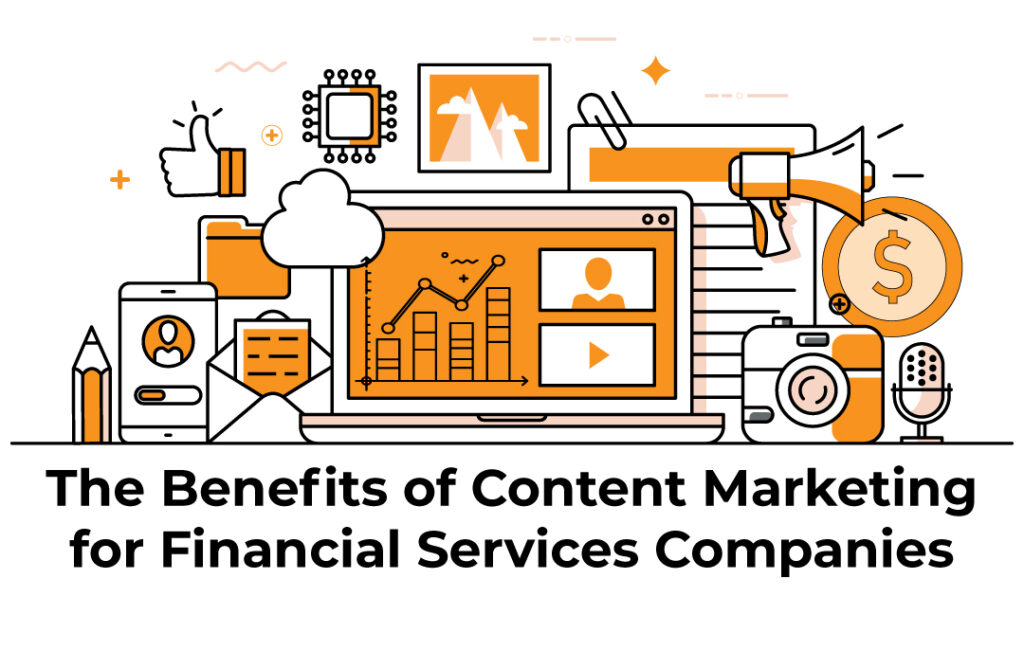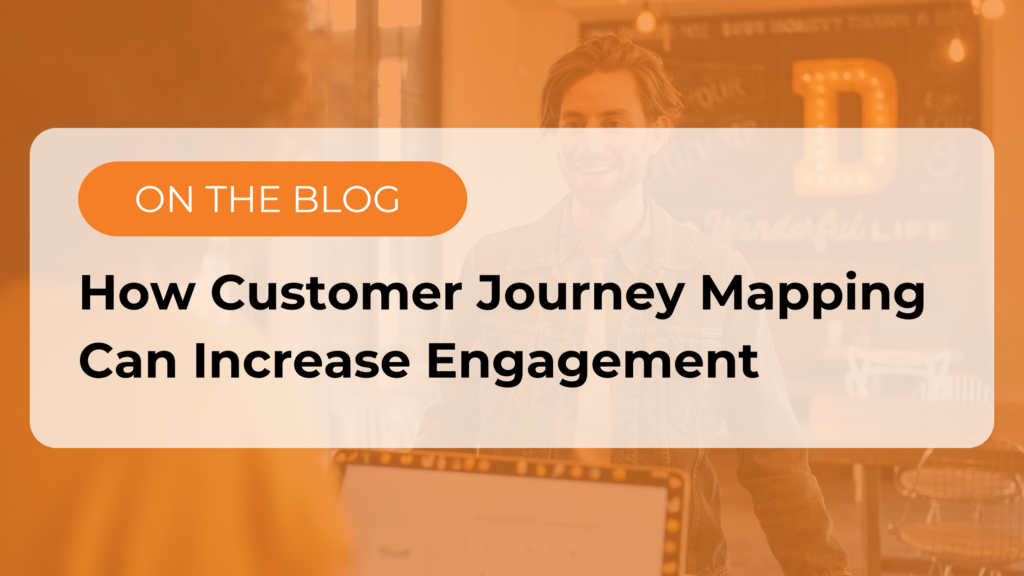Lead generation should be a huge part of your business plan (see why here). However, implementing a strategy is sometimes more complicated than you would expect, especially when you want to leverage multiple channels to really maximize your efforts. For us, this is a five step process. Keep reading to understand what it takes to implement a multi-channel lead generation strategy without all the stress.
Step 1: Determine Objectives
First, you need to clarify your objectives by asking yourself these two questions: What do you want your lead generation to achieve overall? How are you going to measure the overall success?
Usually, the objective is a revenue or growth objective that comes from other business units, e.g. ‘grow the business by 20% this quarter.’
Each company is different but there are a few basic approaches to measure lead gen activity towards this type of goal:
- Marketing-qualified leads (MQLs): The number of leads that marketing passes to sales saying “yep, these folks are all ready to talk to sales.” This is good because it’s easy, but it can incentivize quantity over quality.
- Number of sales closed: This is the simpler way to measure success: how many deals have closed? The problem here is that marketing teams have little to no control over the sales process, so they’re being evaluated on an activity they’re not in control of – the sales process.
Our recommendation is somewhere in between: Marketing should be evaluated on the number of sales closed to keep lead gen quality up. It should also be evaluated on the number of leads sent because that’s a metric marketers control.
Step 2: Generate Leads
Next, you need to determine how you will initially generate leads. There are three routes:
- Buy a list. Lists can be acquired from a vendor or by working with an agency. This gives you access to high quantities of leads, but they are typically low quality as they have no prior connection to your brand.
- Prospect for new leads. Put your nose to the ground and dig for new leads. This is much slower than buying a list but is effectively free.
- Utilize inbound marketing. These marketing tactics generate the best quality leads.
Again, because each route for lead generation has its pros and cons, we recommend a mixture. Inbound marketing should be part of your marketing mix because it ensures quality. Sales prospecting can be great for specific accounts that want to target their particular prospects. Lastly, list buying can be a good way to jumpstart a lead generation campaign to fuel other activities like retargeting, call campaigns, email marketing and more, but you have to understand the full scope of what that entails.
Step 3: Develop Relevant Content
You need to develop content that’s relevant to your audience. This is more than just writing an email or a follow-up. Clear user profiles should be developed before creating content that addresses their specific pain points.
It’s important to remember that the intention for content on each channel is different and should be tailored accordingly. For instance:
- Email content might drive users to visit your website
- Web content might drive sign-ups, demos and engagement
- Call script might be to book an in-person meeting or to drive sales
The messaging is different for all of these so you should tweak the content accordingly.
Step 4: Convert, Convert, Convert
A common problem we see with multi-channel lead gen campaigns is that all the effort goes into getting leads through the door and they fail to convert. On-page optimization practices are all fast, easy and cheap ways to maximize ROI. This includes load speed, dedicated landing pages and testing different messaging so the channel communication matches the conversion communication.
Step 5: Sales Enablement
Finally, multi-channel lead gen campaigns need to track their leads through the sales team and provide support to push it over the line. There should be dedicated scripts for each lead source that relate to messaging used, audience profiles, pain points and position in the buying cycle. This allows you to tailor how sales engage and can increase velocity and close rate.
Summary
Multi-channel lead generation is the undeniable future of lead generation. Fortunately, it’s not as difficult as it might seem. By implementing clear metrics for success, channels can be easily compared and optimized. The use of lists and inbound lead gen can top up prospecting activity to maximize impact. Lastly, relevant content can drive engagement and on-page optimization can drive conversions.
If you can take those ideas and link them to sales via sales enablement and channel-specific scripts, well – you’re in the money then.
Need help starting a lead generation campaign? Contact us here.





